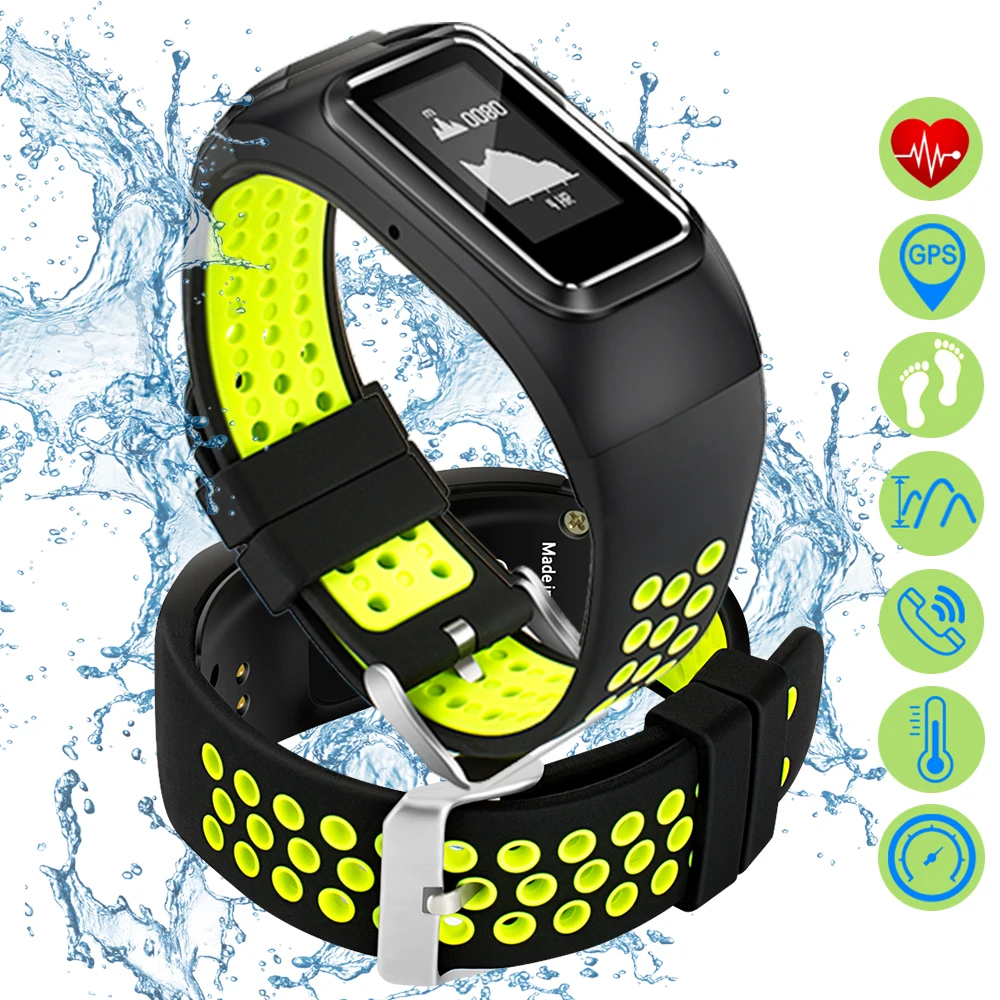

Wearable sensors with remote patient monitoring acts as a tool to monitor the health check and trace the location with GPS data. This can help the organization and governments to mitigate the steps to avoid the spread of infection and disease progression. This Early detection process helps to self-isolate the patients in the predefined location by the authorities in each country. Wearable devices are used to measure the health symptoms of potential infected people and detect physiological changes time to time during the quarantine and alert users about the possibility of infection. Hence the health indicators such as body temperature, SpO 2 and pulse rate are the potential to determine the symptoms of novel coronavirus.ġ.1. It is envisaged that the basic symptoms of covid-19 can be used to observe a patient and isolate himself in restricted areas can minimize the spread of the virus. In the third stage period, where the virus is released to spread across, and last stage is recovery with no virus and immunity developed. Second stage includes high-level symptoms involving fever, cold and cough.

As other form of viruses COVID-19 also goes through different stages of infection such as the incubation period as a first stage without symptoms which is referred as asymptomatic. In this context sensors, cloud and IoT architecture serves in real time applications for effective solution to aim as shown in Fig.

Due to these technologies the critical issues in medical care have been effectively solved in a reliable manner. By the combination of IoT and Deep learning technology the approach of health care has totally changed. Deep learning technique can sort huge amount of data to process from sensor data. In healthcare industries wearable technology plays a prominent role in diagnosis of recent covid-19 pandemic. As vaccines are slow to emerge and underway in the market it is seen that wearable technology can monitor and predict the incidence of COVID-19 using sensor devices such as heart rate, temperature, oxygen saturation and other respiratory systems. It is only possible by the help of the Internet of things (IoT) technologies as collecting, monitoring, managing, and analyzing the disease symptoms in a remote manner. To restrict and control the disease, the best way is to monitor the Potential Infected Patient (PIP) in quarantine by enforcing the predestined location during the period. To reduce its effect, the only viable solution is to mitigate steps in the spread and curb the disease. Furthermore, the work disseminates how digital remote platform as wearable device can be used as a monitoring device to track the health and recovery of a COVID-19 patient.ĬOVID-19 pandemic spread has impacted the world in a critical way in the present situation. The design serves as an essential platform that defines the measured readings of COVID-19 symptoms for monitoring, management, and analysis. The integrated system has both API and mobile application synchronized with each other for predicting and alarming the situation.
BRACELET PULSE ANDROID
The Android mobile application layer is responsible for providing notifications and alerts for the potentially infected patient family respondents. The next layer is used to store the information in the cloud database for preventive measures, alerts, and immediate actions. Each layer has individual functionality, first the data is measured from IoT sensor layer to define the health symptoms. The proposed system is implemented with three layered functionalities as wearable IoT sensor layer, cloud layer with Application Peripheral Interface (API) and Android web layer for mobile phones. The wearable sensor placed on the body is connected to edge node in IoT cloud where the data is processed and analyzed to define the state of health condition. Moreover, the system automatically alerts the concerned medical authorities about any violations of quarantine for potentially infected patients by monitoring their real time GPS data. In this work, IoT based wearable monitoring device is designed to measure various vital signs related to COVID-19. Monitoring and managing potential infected patients of COVID-19 is still a great challenge for the latest technologies.


 0 kommentar(er)
0 kommentar(er)
